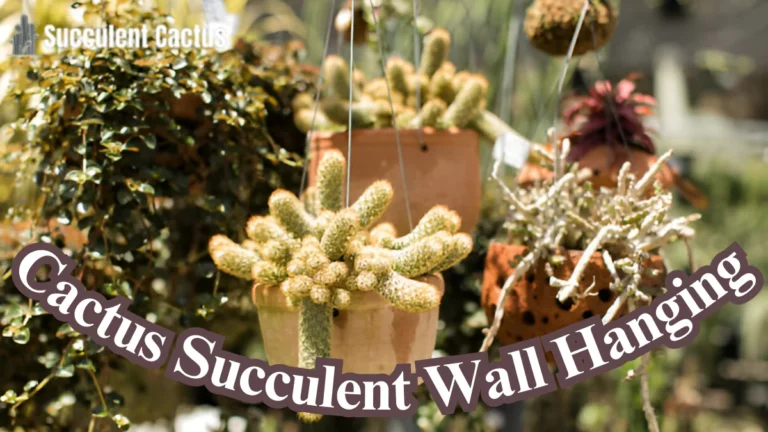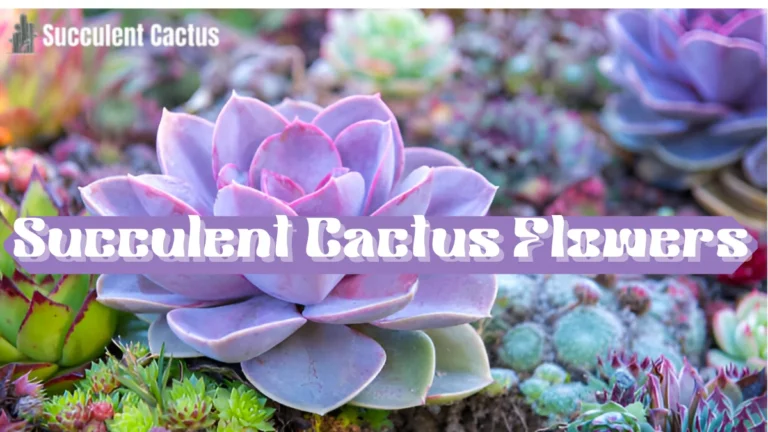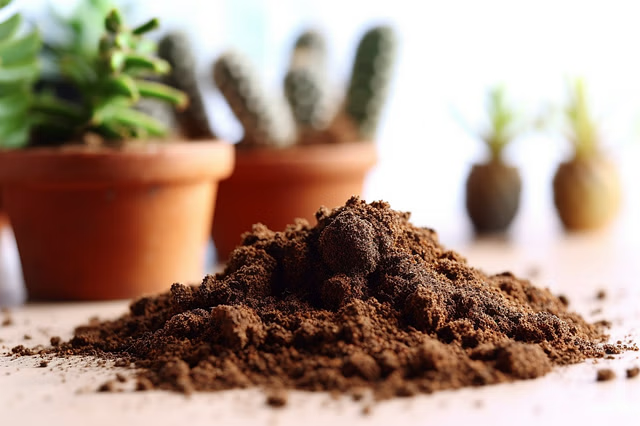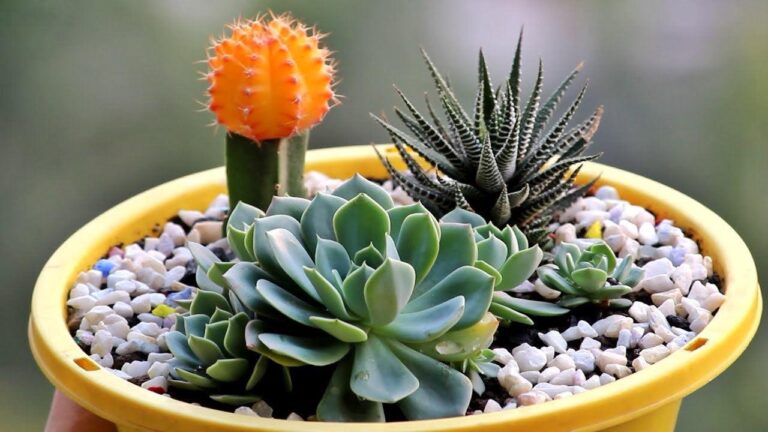Define Cactus: What Makes Cacti Special and Easy to Grow

Cacti are some of the most fascinating plants in the botanical world. Their distinct appearance and resilience make them a favorite among plant enthusiasts and beginners alike. To truly appreciate these incredible plants, let’s define cactus and explore their unique characteristics, benefits, and care requirements.
What Is a Cactus?
Defining Cactus
The word “cactus” originates from the Greek word kaktos, which means a spiny plant. Scientifically, cacti belong to the plant family Cactaceae. They are primarily found in arid regions but can thrive in a wide range of environments.
Key Features That Define Cactus
- Succulent Nature: Cacti store water in their thick, fleshy stems, enabling them to survive in dry conditions.
- Spines Instead of Leaves: Most cacti have spines that reduce water loss and protect them from predators.
- Areoles: These small, cushion-like structures are unique to cacti and produce spines, flowers, or new stems.
Special Characteristics That Make Cacti Unique
1. Adaptations for Survival
- Water Storage: Thick stems store water for long periods.
- Photosynthesis in Stems: Unlike most plants, cacti perform photosynthesis through their stems.
- Efficient Root Systems: Shallow roots quickly absorb moisture from rainfall or dew.
2. Diversity in Appearance
Cacti come in various shapes and sizes, from tall, columnar species like the saguaro to small, round varieties like the golden barrel cactus.
3. Stunning Blooms
While cacti are known for their spines, they also produce vibrant flowers that add to their beauty.
Popular Types of Cacti
1. Saguaro Cactus (Carnegiea gigantea)
- Iconic tall cactus native to the deserts of the southwestern United States.
2. Prickly Pear (Opuntia spp.)
- Known for its flat, paddle-like stems and edible fruit.
3. Golden Barrel Cactus (Echinocactus grusonii)
- A round cactus with golden-yellow spines, perfect for decor.
4. Christmas Cactus (Schlumbergera)
- A popular indoor cactus with bright, festive blooms.
5. Bunny Ear Cactus (Opuntia microdasys)
- Features oval pads covered in fine, fuzzy spines.
Why Are Cacti Easy to Grow?
1. Low Water Requirements
Cacti thrive on minimal water, making them ideal for people with busy lifestyles or those new to gardening.
2. Minimal Maintenance
- Require little attention beyond proper light and occasional watering.
- Resistant to pests and diseases compared to other houseplants.
3. Versatility
Cacti can adapt to indoor and outdoor environments, making them suitable for various settings.
How to Care for a Cactus
1. Watering
- Water sparingly, allowing the soil to dry out completely between watering.
- Reduce watering during winter dormancy.
2. Light Requirements
- Most cacti need bright, direct sunlight to thrive.
- Place indoor cacti near a sunny window or use grow lights.
3. Soil and Potting
- Use well-draining cactus soil to prevent water retention.
- Choose pots with drainage holes to avoid root rot.
4. Temperature and Humidity
- Prefer warm temperatures and low humidity.
- Protect from frost in colder climates.
Creative Ways to Use Cacti in Your Home
1. Decor Ideas
- Create a minimalist aesthetic with potted cacti on shelves or tables.
- Combine various cacti in a terrarium for a unique display.
2. Outdoor Landscaping
- Use cacti in xeriscaping to reduce water usage.
- Design a desert-inspired garden with a mix of cacti and succulents.
The Benefits of Growing Cacti
1. Low-Maintenance Beauty
Cacti require minimal effort but provide maximum visual appeal.
2. Air Purification
Like other plants, cacti can improve indoor air quality by absorbing carbon dioxide and releasing oxygen.
3. Stress Reduction
Caring for plants, including cacti, has been shown to reduce stress and boost mood.
Common Cactus Problems and Solutions
1. Overwatering
- Symptoms: Yellowing stems, mushy texture.
- Solution: Reduce watering and ensure proper soil drainage.
2. Lack of Sunlight
- Symptoms: Elongated growth or pale color.
- Solution: Move the cactus to a sunnier location.
3. Pests
- Symptoms: Presence of mealybugs or spider mites.
- Solution: Treat with neem oil or insecticidal soap.
Frequently Asked Questions About Cacti
1. How do you define cactus?
A cactus is a water-storing, spiny plant belonging to the family Cactaceae, adapted to survive in arid conditions.
2. Are cacti easy to grow indoors?
Yes, cacti are ideal indoor plants due to their low maintenance and adaptability.
3. Can cacti grow in low light?
While some varieties can tolerate low light, most cacti thrive in bright, direct sunlight.
4. How often should I water my cactus?
Water only when the soil is completely dry. This typically means every 2-3 weeks, depending on the environment.
Conclusion
Understanding how to define cactus highlights their uniqueness and adaptability. From their remarkable survival traits to their stunning aesthetic appeal, cacti are perfect for anyone looking to add greenery to their space. Whether you’re a beginner or an experienced gardener, cacti offer endless possibilities for decoration and enjoyment.






